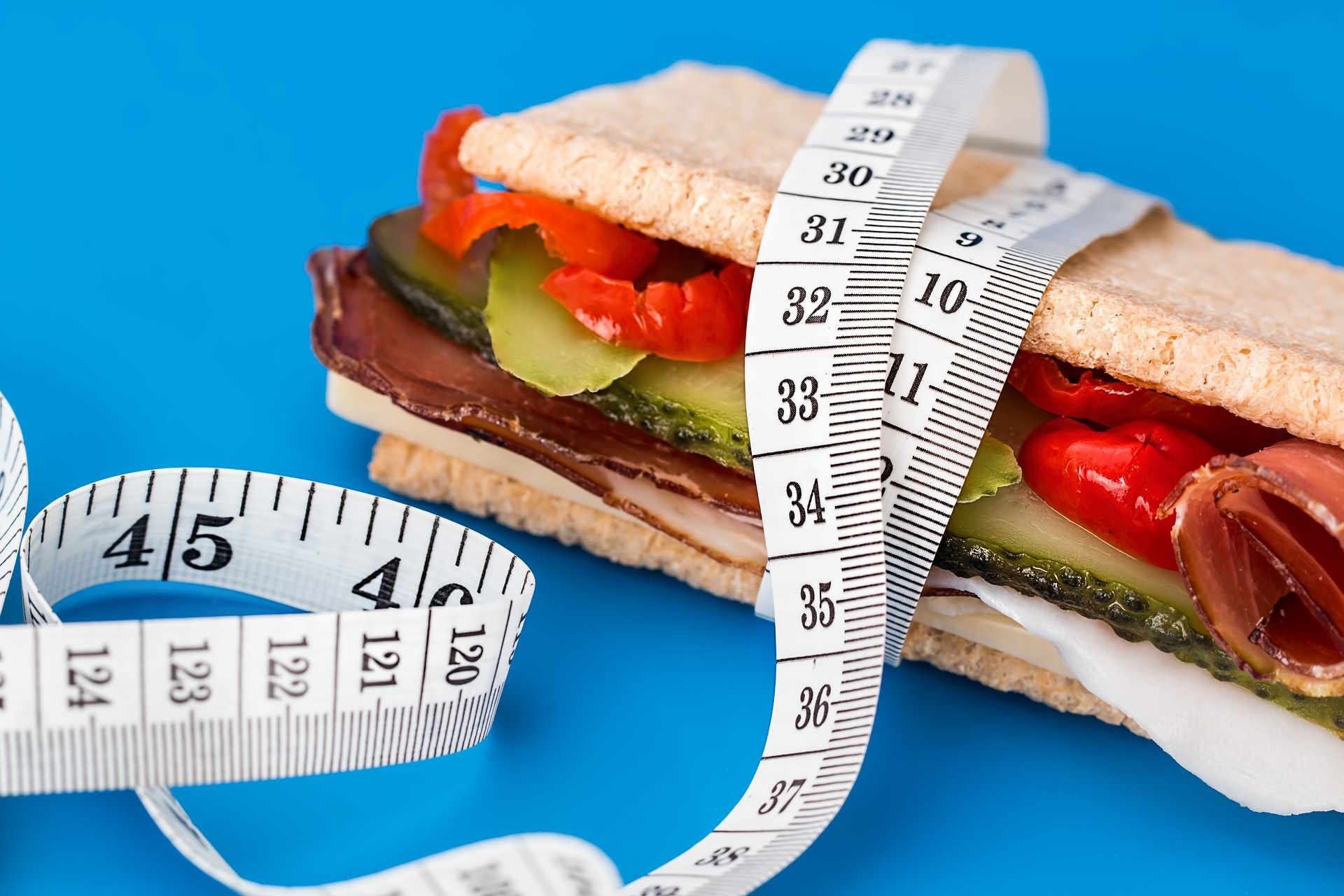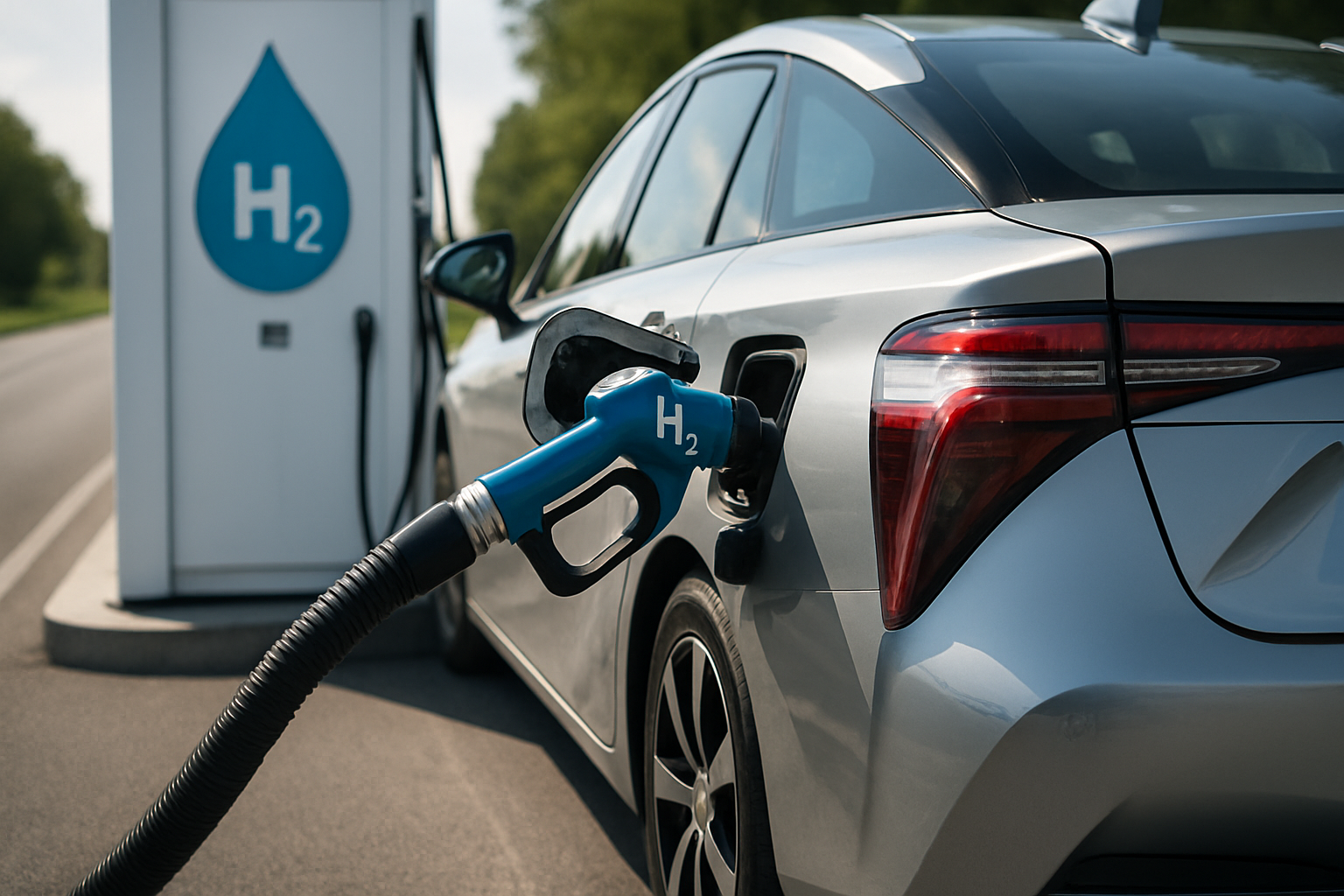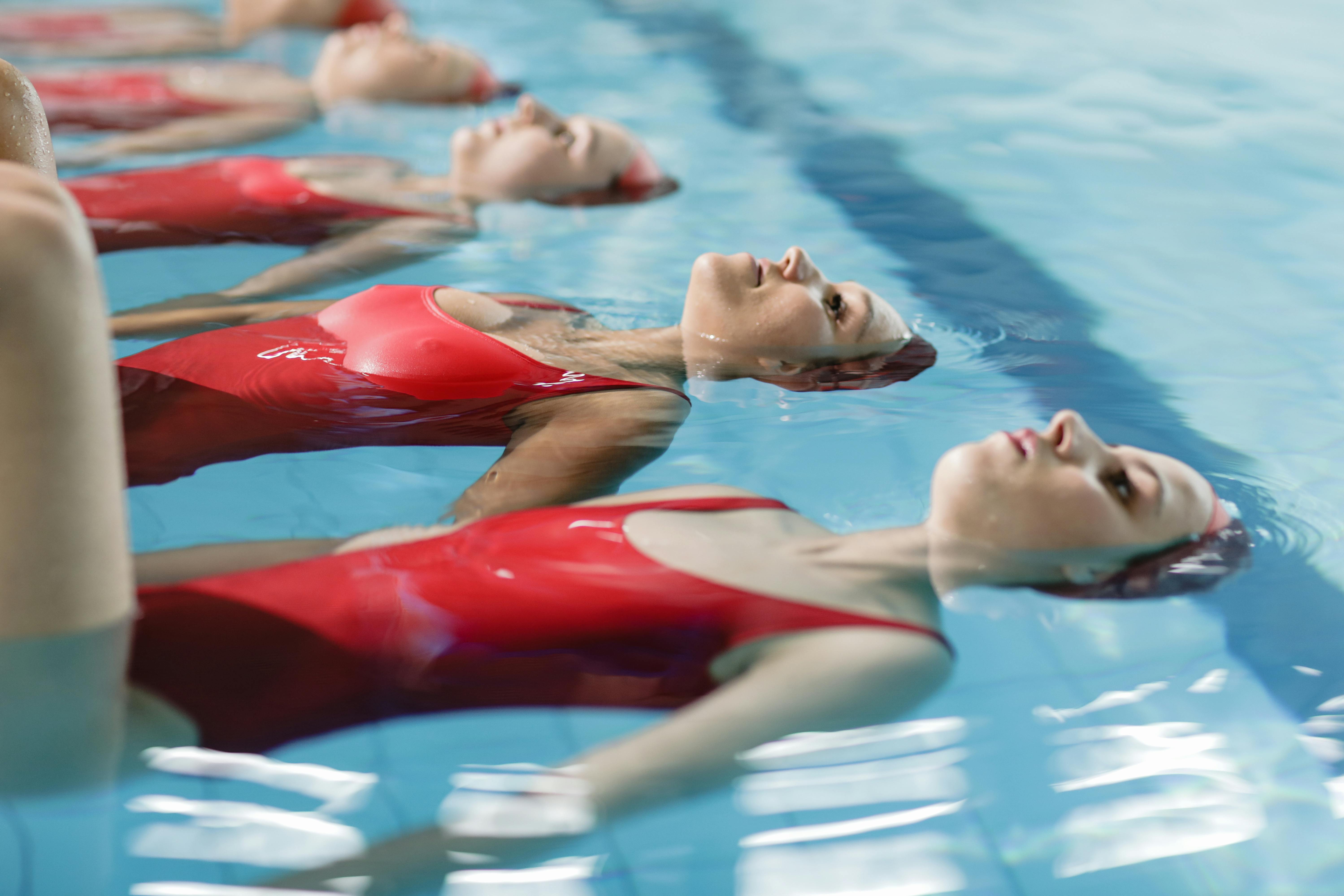Biathlon: Where Precision Meets Endurance
Biathlon stands as a unique testament to human athleticism, blending the cardiovascular demands of cross-country skiing with the steady nerves required for precision rifle shooting. This winter sport, rooted in ancient hunting traditions and military training, has evolved into a thrilling Olympic discipline that captivates audiences worldwide. Athletes must navigate challenging ski courses, then quickly transition to hitting small targets with remarkable accuracy, all while managing their elevated heart rates and labored breathing.

The Physical Demands of a Biathlete
Biathletes are among the most well-rounded athletes in winter sports. The cross-country skiing component demands exceptional aerobic capacity, muscular endurance, and efficient technique. Athletes must maintain high-intensity output for distances ranging from 7.5 to 20 kilometers, depending on the event. This cardiovascular strain is compounded by the need to quickly lower heart rates and control breathing for the shooting segments. The rapid transition between these contrasting physical states sets biathlon apart as one of the most challenging winter sports.
Marksmanship Under Pressure
The shooting aspect of biathlon presents a unique mental challenge. Competitors must hit five targets from a distance of 50 meters, alternating between prone and standing positions. The small target size—45mm for prone and 115mm for standing—demands exceptional focus and technique. Athletes must control their breathing, manage muscle tremors from exertion, and make split-second adjustments for wind conditions. The psychological pressure is immense, as missed shots result in time penalties or additional skiing loops, potentially deciding the outcome of a race.
Training Methodologies for Elite Performance
Biathlon training is a year-round commitment that encompasses a wide range of disciplines. During the off-season, athletes focus on building aerobic capacity through activities like roller skiing, running, and cycling. Strength training is crucial for developing the power needed for efficient skiing technique and stability in shooting positions. Dry-firing practice and simulation training help athletes hone their marksmanship skills and mental focus. As the competitive season approaches, training shifts to on-snow sessions that integrate skiing and shooting under race-like conditions.
Equipment Innovations and Their Impact
Technological advancements have significantly influenced biathlon performance. Modern rifles are highly customized, featuring ergonomic stocks, precise sights, and match-grade barrels. Ski equipment has evolved to provide better glide and control, with materials and designs optimized for various snow conditions. Wearable technology allows athletes and coaches to monitor physiological data in real-time, informing training strategies and race tactics. These innovations have not only improved performance but also enhanced the spectator experience through more accurate timing and tracking systems.
Biathlon’s Global Appeal and Growth
While traditionally dominated by European nations, biathlon has seen growing participation and success from countries across the globe. The sport’s unique combination of endurance and precision appeals to a wide audience, with televised events drawing millions of viewers. Biathlon’s format, with its frequent lead changes and dramatic finishes, creates compelling narratives that captivate fans. Youth development programs and grassroots initiatives are expanding the sport’s reach, introducing new generations to the challenges and excitement of biathlon.
Environmental Challenges and Adaptations
Climate change poses significant challenges to winter sports, and biathlon is no exception. Organizers and athletes must adapt to increasingly unpredictable snow conditions and shorter winters. Technological solutions, such as snow-making equipment and refrigerated tracks, help ensure consistent competition surfaces. However, these measures raise questions about sustainability and the long-term viability of winter sports in certain regions. The biathlon community is actively engaged in efforts to reduce its environmental impact and promote sustainable practices within the sport.
The Mental Game: Psychology of Biathlon
The psychological demands of biathlon are as intense as the physical requirements. Athletes must maintain laser-like focus during high-pressure shooting bouts while managing the fatigue and stress of ski racing. Mental training techniques, such as visualization, mindfulness, and stress management, are integral to a biathlete’s preparation. The ability to quickly transition between the aggressive mindset needed for skiing and the calm concentration required for shooting is a skill that takes years to master. Sports psychologists work closely with biathletes to develop mental resilience and coping strategies for competition.
Biathlon’s Future: Innovations and Challenges
As biathlon looks to the future, several trends are shaping its evolution. Virtual reality training systems are emerging as powerful tools for off-season practice, allowing athletes to simulate race conditions and improve decision-making skills. Data analytics is playing an increasingly important role in performance optimization, from biomechanical analysis of skiing technique to statistical modeling of shooting patterns. However, the sport also faces challenges, including the need to balance tradition with innovation and to maintain its appeal in a rapidly changing sports landscape. Efforts to increase diversity and inclusion within biathlon are ongoing, with initiatives aimed at broadening participation across demographics and geographic regions.
The Enduring Allure of Biathlon
Biathlon remains a testament to the diverse capabilities of human athleticism, combining endurance, precision, and mental fortitude in a uniquely challenging package. Its rich history, combined with ongoing innovations, ensures that biathlon will continue to captivate athletes and spectators alike. As the sport evolves to meet contemporary challenges, it retains the core elements that have made it a beloved winter discipline for generations. The fusion of skiing prowess and marksmanship skill creates a spectacle that is both thrilling to watch and profoundly impressive in its execution, securing biathlon’s place as one of the most intriguing and demanding sports in the Olympic program.





